30+ Sample Chore Chart
-
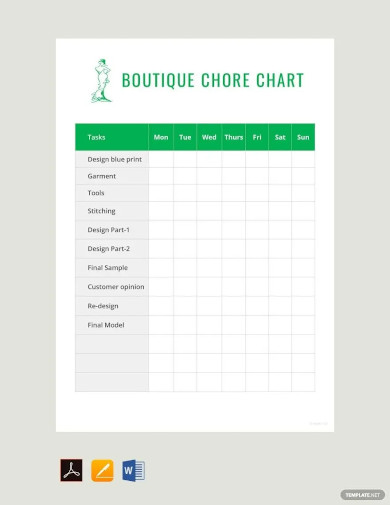
Free Boutique Chore Chart
download now -
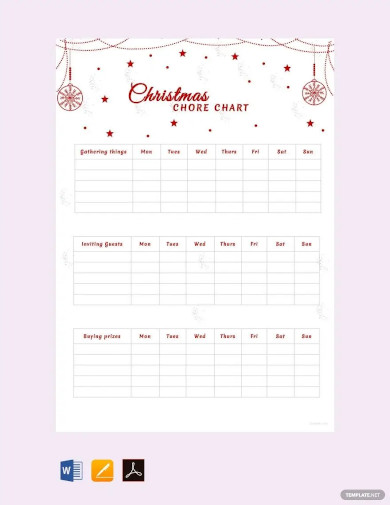
Christmas Chore Chart
download now -

Chore Chart Magnet
download now -
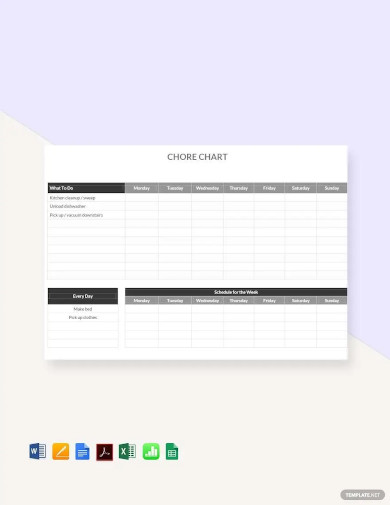
Simple Chore Chart
download now -

Preschool Chore Chart
download now -
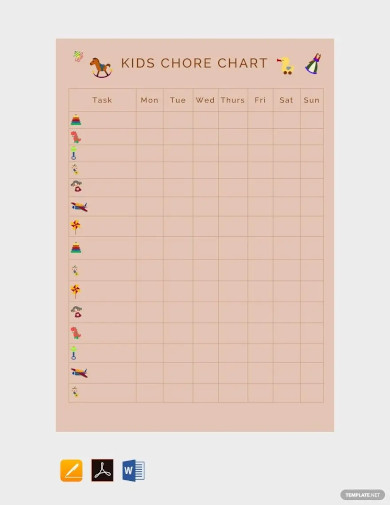
Kids Chore Chart
download now -
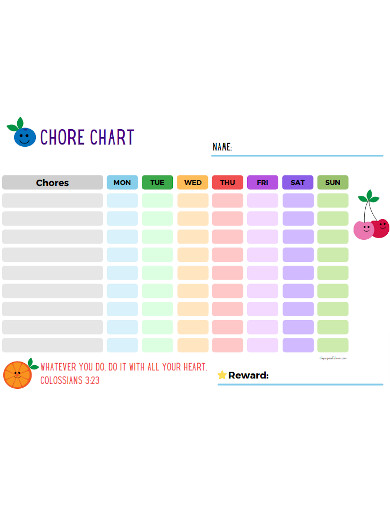
Printable Chore Chart
download now -
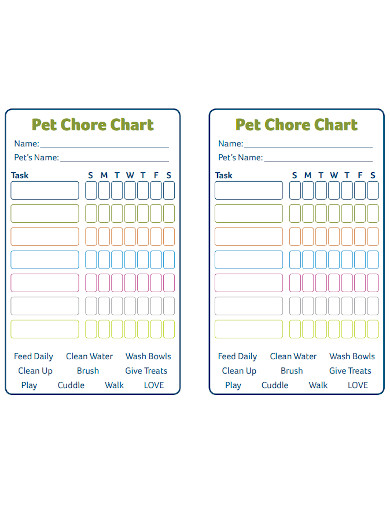
Pet Chore Chart
download now -
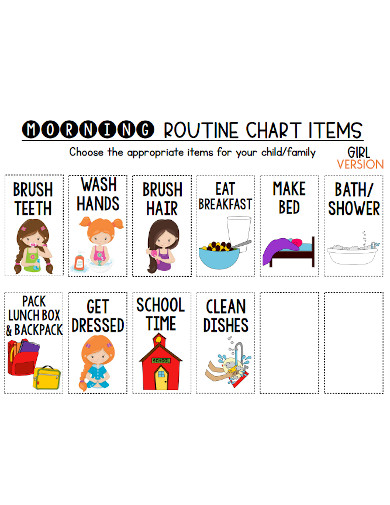
Daily Routine Chore Chart
download now -
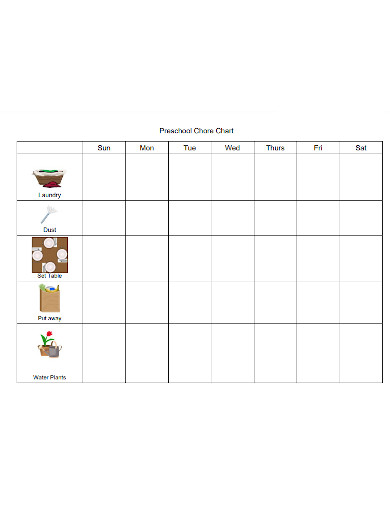
Sample Preschool Chore Chart
download now -
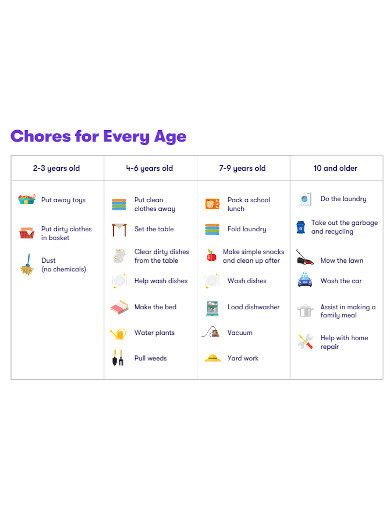
Chore Chart Activity
download now -
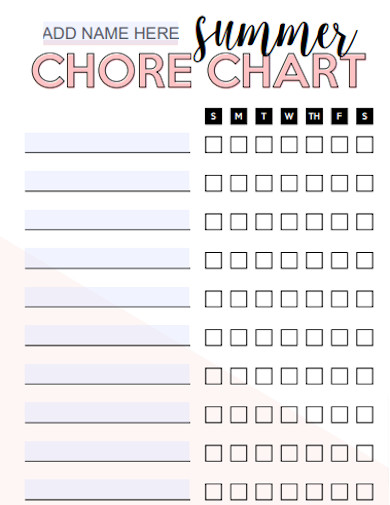
Summer Chore Chart
download now -
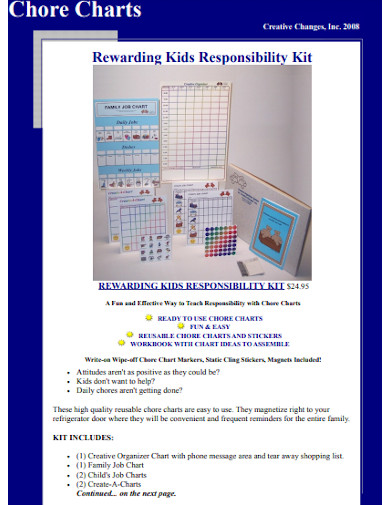
Responsibility Chore Chart
download now -

Reward Chore Chart
download now -

Home Chore Chart
download now -
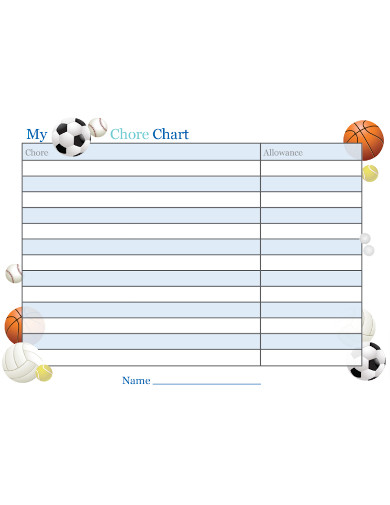
Allowance Chore Chart
download now -
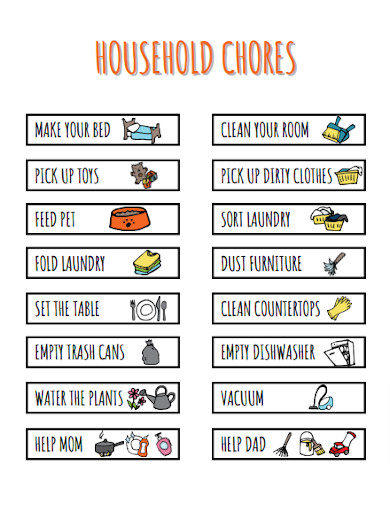
Household Chore Chart
download now -
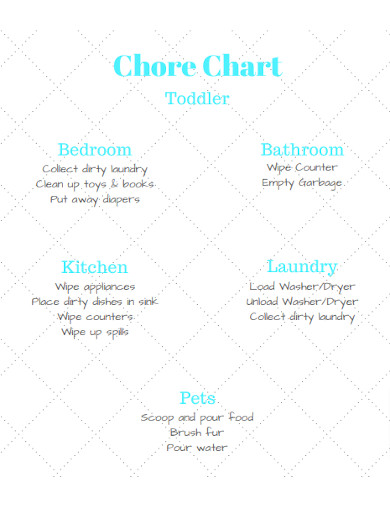
Toddler Chore Chart
download now -
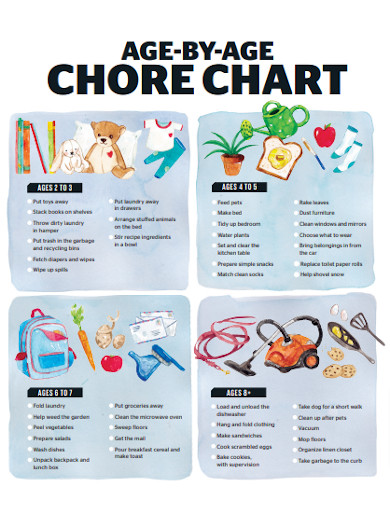
Age Chore Chart
download now -
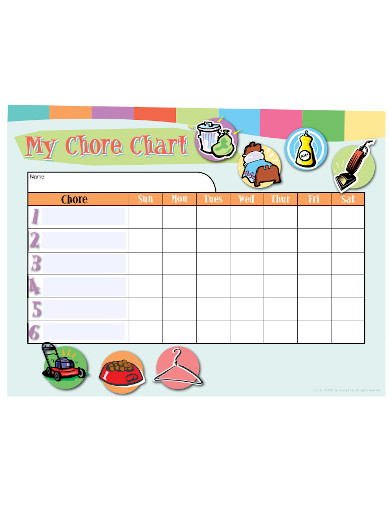
Customizable Chore Chart
download now -
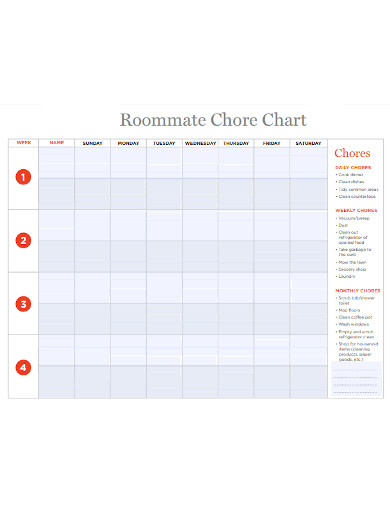
Roommate Chore Chart
download now -
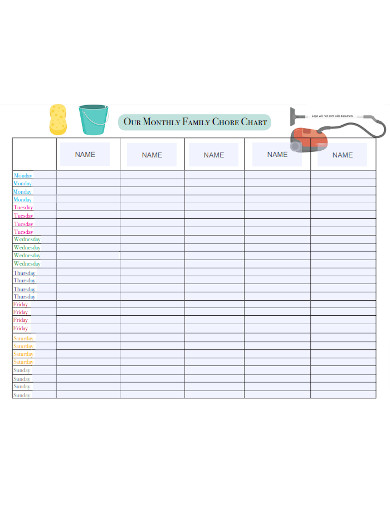
Monthly Chore Chart
download now -
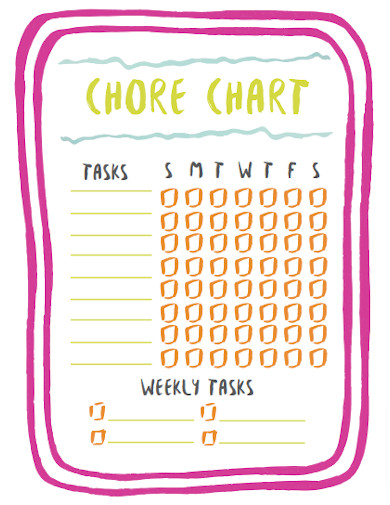
Boy Chore Chart
download now -
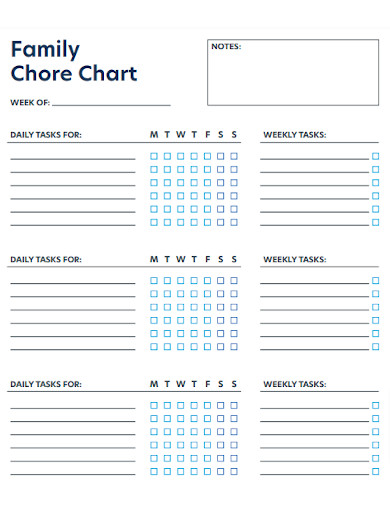
Family Chore Chart
download now -
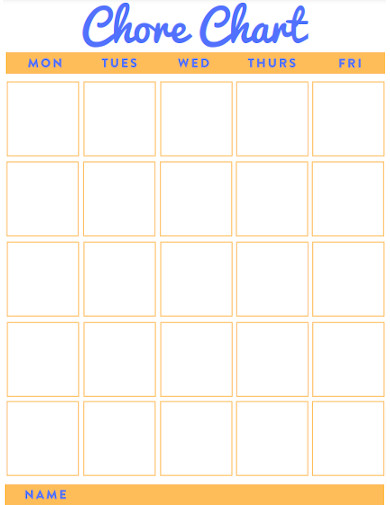
Blank Chore Chart
download now -
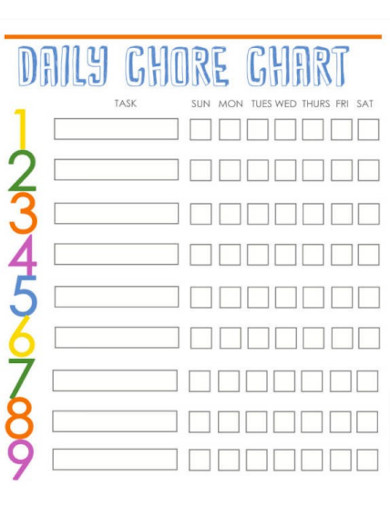
Daily Chore Chart
download now -
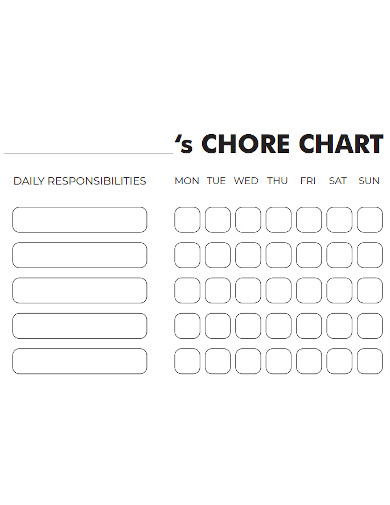
Sample Chore Chart
download now -
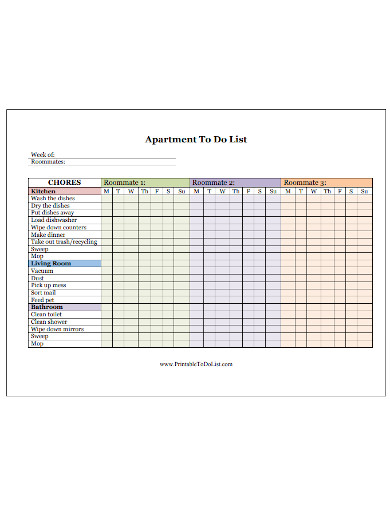
To Do List Chore Chart
download now -
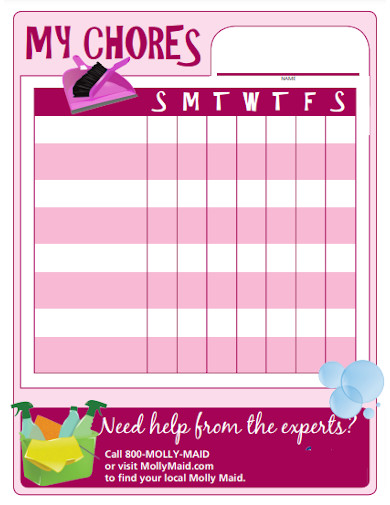
Girls Chore Chart
download now -
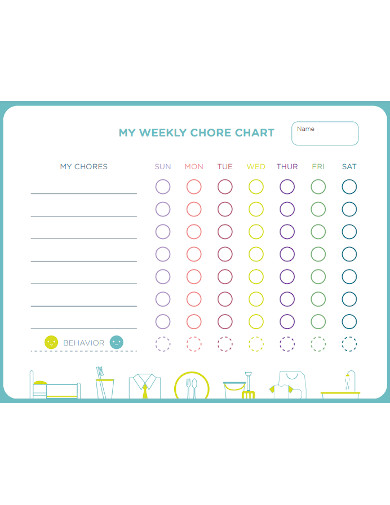
Weekly Chore Chart
download now -
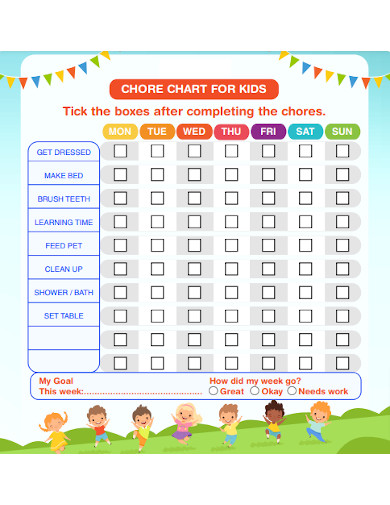
Basic Chore Chart
download now
FREE Chore Chart s to Download
30+ Sample Chore Chart
What is a Chore Chart?
Types of Chore Charts
How to Create a Chore Chart
FAQs
What is the importance of using a chore chart for efficient household management?
How can a sample chore chart help in organizing daily and weekly routines?
What are some popular DIY chore chart ideas that can be easily created at home?
What are the different types of chore charts available for daily, weekly, monthly, family, and preschool routines?
How can chore charts be made kid-friendly for toddlers?
What are some age-appropriate chore ideas for 5-year-old girls and boys?
What is a Chore Chart?
A chore chart is a structured visual tool designed to streamline household tasks and responsibilities. Typically, it outlines a list of chores to be completed by family members, assigning specific duties to each individual. The chart can be in the form of a physical board, digital document, scheduler, or printable template. It includes columns for names, tasks, responsible individuals, designated timeframes, and checkboxes for tracking completion. This straightforward format fosters a sense of order and accountability within the household. Daily, weekly, or monthly routines can be structured with ease, enhancing household organization. This is a fundamental tool that transcends demographics, teaching children about the importance of responsibility or accountability, a trait deemed essential for their future success.
Chore charts hold immense significance and usefulness for diverse families, parents, and households. According to a study by Parenting Today, an astonishing 87% of families using chore charts reported an improvement in their children’s understanding of responsibility and teamwork. These charts instill a strong work ethic, time management skills, and a sense of accomplishment in young minds. Furthermore, chore charts also provide a tangible way to monitor progress and celebrate achievements. The Home Organization Institute states that households with chore charts experience a 30% reduction in daily stress levels, promoting harmony within families by distributing tasks equitably and encouraging children to take ownership of their contributions. In an era where digital distractions abound, chore charts offer a practical and engaging method to teach life skills like discipline, prepare children for future responsibilities, and cultivate a culture of collaboration within the home.
Types of Chore Charts
Efficient chore management is key to maintaining an organized and harmonious household. Various types of chore charts offer tailored solutions for task distribution and accountability. Explore these diverse approaches to chore charts to discover the one that best suits your family’s needs and dynamics.
How to Create a Chore Chart
Creating an effective chore chart involves thoughtful planning and customization to suit your family’s unique dynamics. By following a systematic approach, you can establish a practical and organized chore management system that promotes cooperation and responsibility.
Step 1: Define Task Categories and Frequency
Categorize household tasks into groups such as daily, weekly, or monthly. Assign appropriate chores to each family member based on age and capability. Specify how often each task needs completion to establish a clear routine.
Step 2: Choose a Chore Chart Format
Select a chore chart format that aligns with your family’s preferences and dynamics. Options include downloadable printable free chore chart templates, DIY charts, magnetic charts, or digital apps. Ensure the format allows easy customization and provides visibility for all family members.
Step 3: Design and Assign Tasks
Create the chore chart using the chosen format. Incorporate a visually appealing layout with task categories, responsible individuals, and due dates. Assign tasks fairly and be considerate of each member’s workload. For children, adapt tasks to their age and interests to promote engagement.
Step 4: Implement and Maintain Consistency
Introduce the chore chart to your family during a discussion or meeting. Explain its purpose, benefits, and the shared responsibility it entails. Encourage open communication and address any concerns. Regularly update the chart, review completed tasks, and adjust responsibilities as needed to maintain a balanced and efficient chore distribution.
FAQs
What is the importance of using a chore chart for efficient household management?
A chore chart is a valuable tool for effectively managing household tasks and responsibilities. By assigning specific chores to each family member and tracking their completion, a chore chart promotes accountability and ensures that necessary tasks are completed in a timely manner. It helps distribute the workload evenly among family members, teaching them the importance of teamwork and responsibility. Additionally, a chore chart can help reduce conflicts and misunderstandings by providing clear expectations and guidelines for everyone in the household.
How can a sample chore chart help in organizing daily and weekly routines?
A sample chore chart serves as a visual representation of the tasks and routines that need to be accomplished on a daily or weekly basis. It provides structure and organization to household responsibilities, allowing individuals to prioritize and plan their time effectively. By breaking down tasks into manageable chunks, a sample chore chart helps individuals stay focused, motivated, and on track. It also serves as a reminder and a goal-setting worksheet of the tasks that have been completed and those that still need attention, ensuring that nothing falls through the cracks.
What are some popular DIY chore chart ideas that can be easily created at home?
Creating a DIY chore chart can be a fun and creative activity that involves the entire family. Some popular DIY chore chart ideas include using a whiteboard or chalkboard to write down tasks and responsibilities, creating a colorful poster with removable stickers or magnets to track completed chores, or even making a personalized chore jar where family members can pick out tasks randomly. These DIY chore chart ideas not only encourage participation and engagement but also add a personal touch to the chore-tracking process.
What are the different types of chore charts available for daily, weekly, monthly, family, and preschool routines?
Chore charts come in various types and formats to accommodate different household routines and dynamics. Daily chore charts focus on tasks that need to be completed on a daily basis, such as making the bed or tidying up. Weekly chore charts outline tasks that need to be done throughout the week, such as laundry or grocery shopping while using grocery lists. Monthly chore charts track tasks that are less frequent but still important, like deep cleaning or organizing. Family chore charts distribute responsibilities among family members, while preschool chore charts introduce young children to the concept of chores in a simplified and age-appropriate manner.
How can chore charts be made kid-friendly for toddlers?
When creating chore charts for toddlers, it is important to make them visually appealing and easy to understand. Using colorful pictures or symbols instead of words can help toddlers associate tasks with visuals. Breaking down tasks into simple steps and using a reward system can also motivate toddlers to complete their chores. Additionally, incorporating fun and interactive elements, such as stickers or stamps, can make the chore chart experience enjoyable for young children.
What are some age-appropriate chore ideas for 5-year-old girls and boys?
At the age of 5, children can start taking on more responsibility and contributing to household chores. Some age-appropriate chore ideas for 5-year-old girls and boys include making their beds, putting away toys, setting the table, feeding pets, helping with laundry, and dusting low surfaces. These tasks help develop fine motor skills, independence, and a sense of accomplishment in young children. It is important to choose chores that are manageable and safe for their age and to provide clear instructions and guidance.
Creating and using a sample chore chart is an essential tool for efficient household management. It promotes accountability, teamwork, and responsibility among family members. Whether using downloadable templates or DIY ideas, chore charts help organize daily and weekly routines while teaching valuable life skills. By customizing chore charts to suit individual needs and preferences, individuals can track tasks effectively and instill a sense of responsibility in children. With the right approach and regular updates, chore charts can greatly contribute to a well-managed and harmonious household. Simply download our sample charts, plans, and worksheets on our website for productive household management such as behavior charts for kids, household budget worksheets, and hourly planner templates.
